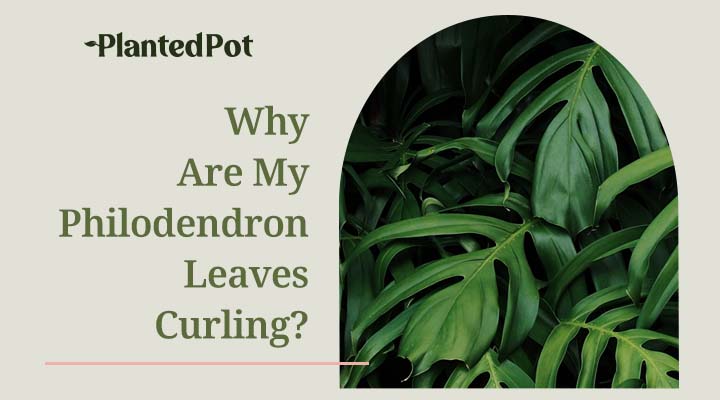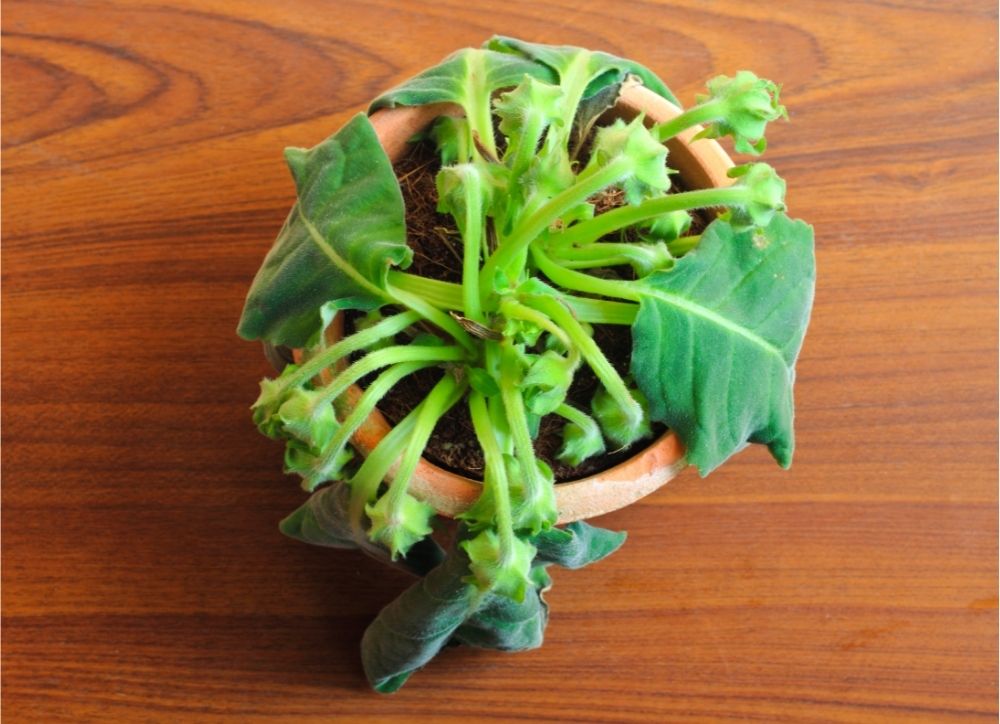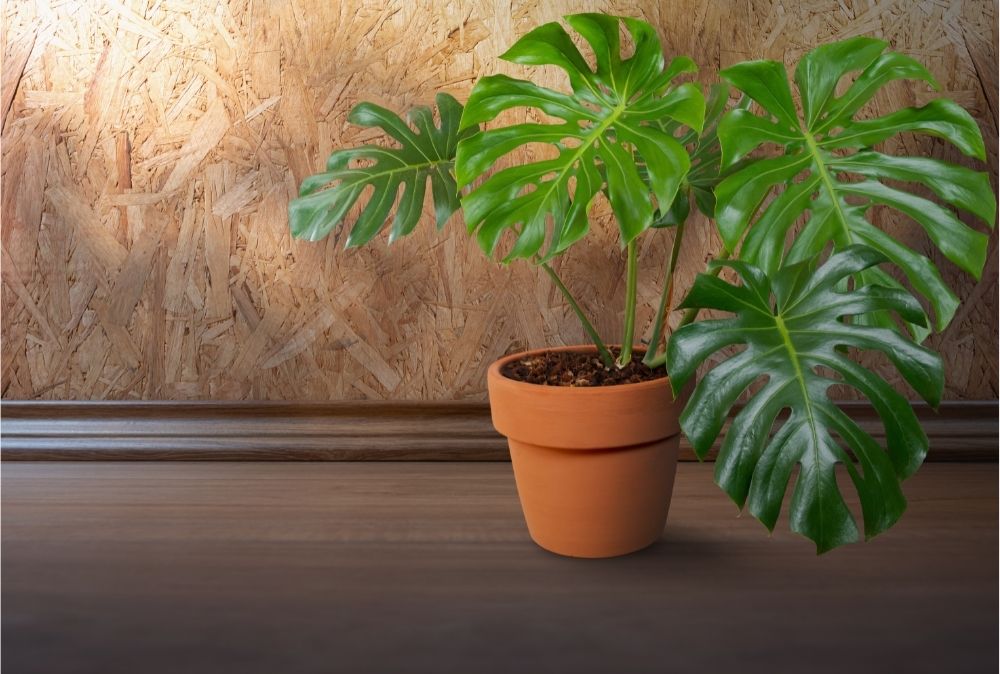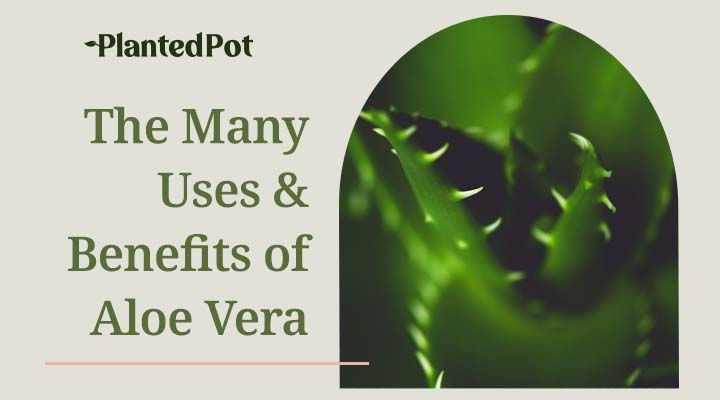
Philodendron Leaves Curling: How To Save Your Plant!
Home / Philodendron Leaves Curling: How To Save Your Plant!

Philodendron Leaves Curling: How To Save Your Plant!
- Olivia Richman
- June 4, 2021
- 12:54 pm
- No Comments
Philodendrons are popular plants due to their exotic looks, air-purifying capabilities, and hardy nature. These plants are great for beginners and can thrive even with minimal care. However, even though the plant may be versatile and tough, it still takes proper watering, soil type, temperature, and humidity to keep your plant growing strong and healthy. When you see your philodendron leaves curling, it could mean something is wrong with it.
It’s important to identify the reason(s) your Philodendron’s leaves are curling. Once you figure out what’s causing the curling, you can adjust and help your plant thrive once again. Find out all the issues that may be affecting your plant, proper plant care tips, and how you can revive your Philodendron!
Are Philodendron’s Easy to Care For?
Yes! Philodendrons are very easy to care for and are a popular beginner plant. They are extremely resilient and can thrive in every home. So whether you want a Philodendron to brighten up your office or hang from your kitchen ceiling, this exotic beauty can make an impact all year round.
Why Are My Philodendron Leaves Curling?
While Philodendrons are easy to care for, they still need proper care to truly thrive. You can tell your plant is begging for a change when there is discoloration, the stems get droopy, or the leaves start curling.
If you notice any of these issues, it means that you should address some aspects of your plant’s growing environment. Here are some of the most common issues that many plant owners have.

Dry Soil (Underwatering)
Even though Philodendrons don’t need too much water, that doesn’t mean they can’t get too dry. If the soil dries out too much, the leaves will go limp and droop. If ignored, the leaves will start to turn brown and curl.
The ideal watering periods can differ, but generally, you want to allow the first inch or so of soil to dry out before watering again. Sometimes this can be about once every 1-2 weeks, but you can always check by putting your finger in the soil.
Overwatering
All plants, including Philodendrons, can also experience various issues if they are watered too much. Soggy soil and excess moisture can damage your plant’s roots. When the roots begin to rot, it will cause the entire plant and eventually the leaves to turn brown, curl, and fall off. Root rot that isn’t taken care of early on can eventually cause plant death. It’s always better to water less instead of more with Philodendrons since they can withstand a bit of neglect.
Related: Overwatering Plants: How to Avoid Giving Your Plants Too Much Water
Water Quality
If you think you are watering your Philodendron properly, the curling leaves may be a side effect of the water. Tap water contains salts, chlorine, fluoride, and minerals that may hurt the plant. The minerals can build up over time in the soil, causing the tips of the leaves to curl.
If you have been using tap water and your Philodendron is suffering from curled leaves, you should try switching up the water to see if it helps. In severe cases, you might need to re-pot the entire plant for fresh soil.
Low Temperatures
The Philodendron can adapt to most temperatures, but the ideal range should stay between 65-80°F during the day. At night, Philodendrons can still withstand temperatures around 60°F.
However, the temperature should not go below 60°F because if your plant gets too cold, the plant may suffer, and the leaves could start to curl. Also, try to keep your plant away from cold drafts or air conditioning vents.
Lack of Humidity
Excessively dry air can also harm your Philodendron, leading to curled leaves. Keep in mind that the Philodendron is a tropical plant and is used to having plenty of humidity in its natural environment.
If you live in a dry, arid region, you may want to set up a humidifier in the same room as your plant. You can also set up a bed of wet rocks beneath the pot to allow the moisture to evaporate upward. Misting the leaves every once in a while can also help increase the moisture content for your Philodendron.
What to Do When Your Philodendron Leaves Are Curling
When your Philodendron’s leaves start curling, it’s a sign that something is going wrong and you may need to fix some things. However, don’t worry because it’s still possible (and easy!) to turn it around and nurse your plant back to health. Here are some things you can do to stop the Philodendron leaves from curling!
- Make sure you have a consistent watering schedule. Water when the top inch of soil dries out. Overwatering will rot your plant. Drooping or discoloration means that your Philodendron might not be getting enough water.
- Use a water filtration system to rid your tap water of minerals. If you can’t use a water filtration system, leave the water in an open container or boil the water and let it cool afterward. Leaving it out can help reduce the amount of chlorine content before watering.
- Make sure your home is not too hot or too cold. The proper temperature should be about 65-80°F. Move your Philodendron if it’s near an air conditioner or any other draft that produces cold, dry air.
- Mist your plant’s leaves regularly. This will recreate the humid environment that this tropical plant is used to. To further boost your plant’s moisture, you can also use a pebble tray or place a humidifier nearby.
If your plant’s leaves curled due to extremely dry soil, you might need to do a water soak to save your Philodendron. Follow these steps to save your plant:
- Place your plant in the sink or tub without a saucer.
- Fill the sink or tub with about three to four inches of water.
- Make sure the water isn’t hot.
- After your plant has soaked, feel the top of the soil. The water should reach about two to three inches into the soil.
- If the soil doesn’t feel fully saturated, water your Philodendron slightly from the top of the soil. This will speed up the saturation process.
- Once the soil is evenly damp, drain the sink and tub.
- Allow the plant to rest and drain until the soil is damp and no longer dripping water.
- Place the plant back on the saucer and put it back in an appropriate location.
Is Philodendron Toxic?
While Philodendron can fit just about anywhere in the home thanks to its vibrant looks and varying appearances, it is dangerous to leave this plant around when you have a pet or baby.
Animals or humans shouldn’t consume Philodendrons since they are known to be quite toxic. If you notice that your pet is frothing, lethargic, and feeling sick, you should immediately take them to the vet.
You should also periodically rub your plant with insecticidal soap to keep pests like aphids and mealybugs away. Plant-safe insecticidal soap can also be poisonous to pets, so be sure to keep your Philodendron in a safe place.
Some great places you can place your Philodendron are a wall shelf in the office or in a room that’s off-limits to your cat. Some varieties of Philodendrons also make amazing hanging plants, far and away from the reach of children and pets.
Related: Pet Friendly Plants: Which Houseplants Are Safe for My Furry Friend?

Can You Propagate the Philodendron?
Yes! This plant is very easy to propagate (just another thing that makes this plant great for beginners). All you have to do is cut a six-inch portion of the stem, place it in a container of water, and wait for the roots to develop. You can even use a rooting hormone to increase the chance of success.
Once the roots have developed, pot the cutting in moist soil. Non-climbing philodendrons are even easier to propagate! That’s because this variation sometimes sends up plantlets that can be carefully removed from the main part of the plant.
Plant them directly in their own pots, and make sure the soil is moist. You can give a propagated Philodendron to friends and family as a nice, easy gift. Just make sure that they don’t have pets or a young child who might get a bit too curious!
Final Thoughts – Philodendron Leaves Curling
Philodendrons are hardy plants. They are known to tolerate a variety of lights and temperatures. They are tough and can survive without a lot of care. But Philodendrons still need certain things to keep them healthy and thriving.
If you notice that your plant has curling leaves, that could mean several issues need to be taken care of. The most common causes of leaf curling are too much water, too little water, bad quality water, dry air, or cooler temperatures.
Once you address whatever is making your plant’s leaves curl, you can ensure that your plant becomes healthy with the right care. There are a few steps you can take to ensure that your plant properly thrives no matter where it’s placed in your home. It will be back to making a striking, beautiful statement soon!



